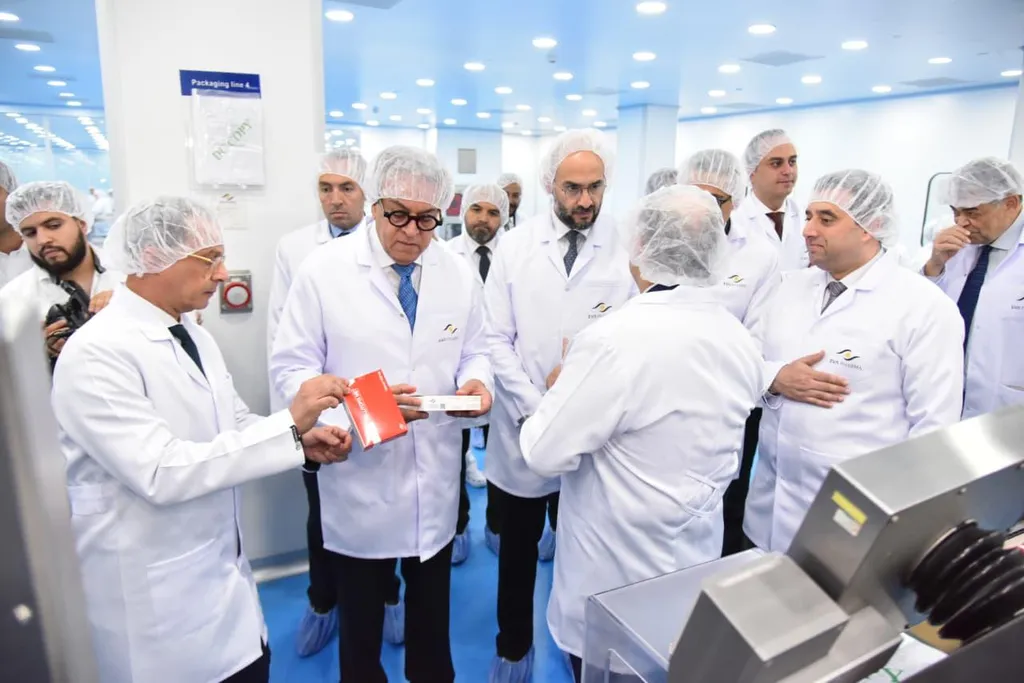In a significant stride towards revolutionizing cancer treatment, a team of researchers led by Momen O. Khattab from the College of Pharmacy at the Arab Academy for Science, Technology and Maritime Transport in Egypt has published a corrigendum to their groundbreaking study on sulfonamides as carbonic anhydrase inhibitors. The original research, which appeared in the Journal of Advanced Research (known in Arabic as مجلة البحوث المتقدمة), initially presented a novel approach to optimizing these compounds using Quantitative Structure-Activity Relationship (QSAR) models. The corrigendum clarifies and refines some of the findings, ensuring the scientific community has the most accurate information to build upon.
So, what does this mean for the average maritime professional, you might ask? Well, the implications are not immediately obvious, but they are profound. Carbonic anhydrase inhibitors have been used for decades in various medical applications, including the treatment of glaucoma and epilepsy. However, their potential in cancer treatment is a relatively new and exciting frontier. By optimizing these compounds, researchers like Khattab are paving the way for more effective and targeted cancer therapies.
For the maritime sector, the commercial impacts and opportunities are multifaceted. One of the most significant areas of potential lies in the logistics and supply chain of these advanced pharmaceuticals. As new treatments are developed, there will be an increased demand for secure and efficient transportation of these high-value, temperature-sensitive goods. Maritime transport, with its established cold chain capabilities, is well-positioned to meet this demand.
Moreover, the maritime industry could benefit from the broader economic impacts of improved cancer treatments. Healthier populations mean a more productive workforce, which can drive economic growth and increase demand for maritime services. Additionally, the development of these advanced therapies often requires specialized materials and equipment, which may need to be transported by sea.
In the words of Khattab, “Our research aims to bridge the gap between computational predictions and experimental validations, ultimately accelerating the discovery of novel and effective cancer treatments.” This sentiment underscores the importance of the work being done and the potential it holds for various sectors, including maritime.
As the scientific community continues to refine and build upon these findings, the maritime industry should stay informed and adaptable. The opportunities are vast, and those who are prepared to meet the evolving demands of the healthcare sector will be well-positioned for success. The Journal of Advanced Research, a reputable platform for cutting-edge research, continues to be a valuable resource for staying abreast of these developments.

